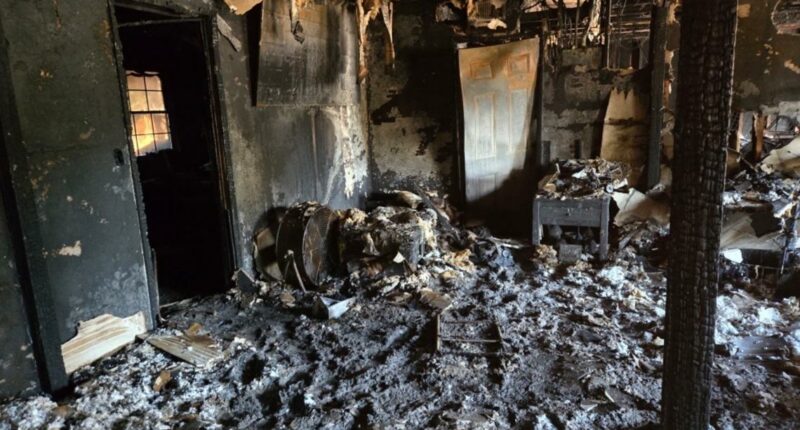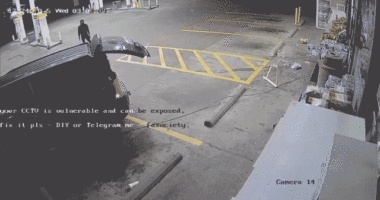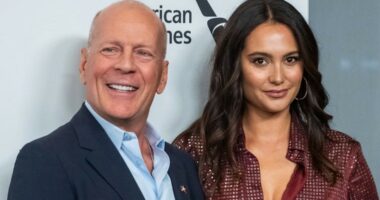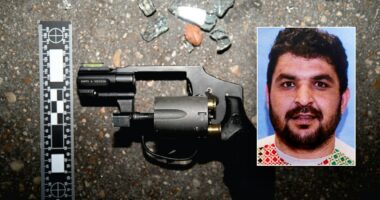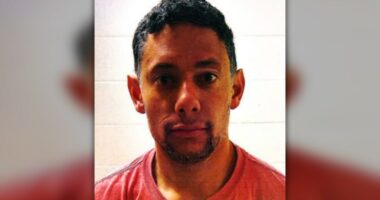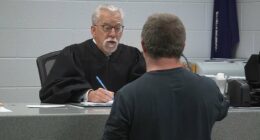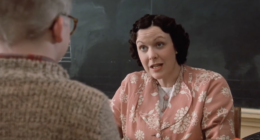Share this @internewscast.com
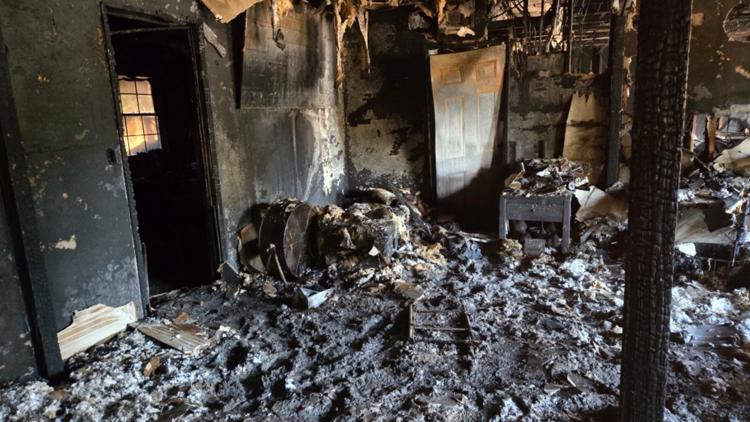
“It’s simply astounding what people can accomplish when they open their hearts and reach out to those in need,” the Martell family expressed. “We’re not accustomed to being on the receiving end of such generosity.”
JACKSONVILLE, Fla. — After a catastrophic fire on December 12 reduced their four-bedroom home on Cathcart Street in Arlington to ashes, a Jacksonville family of nine is in the process of rebuilding their lives. In an incredible show of community spirit, neighbors and strangers alike have come forward with donations of toys, meals, and other essentials, offering a much-needed lifeline on Christmas Eve.
William and Jennel Martell, who own Xclusv Customz, an auto body shop, shared the heart-wrenching sight of their burned-out home with First Coast News. In mere moments, the fire claimed their vehicles, personal belongings, and a lifetime of cherished memories.
“We find ourselves in tears every few minutes,” Jennel Martell admitted. “It’s incredibly difficult to cope with the loss.”
“The toughest part is the constant reminders of what’s gone,” William Martell added. “You never truly appreciate what you have until it’s taken from you.”
In a wave of support, thousands of dollars have been contributed to their GoFundMe campaign, and the family has also received donations of clothing, food, and toys to help them through this challenging time.
“Just phenomenal what people could do with their hearts and how they reach out to people in need,” the Martell’s said. “We’re not used to doing anything like this.”
Two young men even organized a toy drive, giving the Martell’s first pick before delivering a big batch of Christmas presents. The rest went to Wolfson Children’s Hospital and City Rescue Mission.
“I was just blown away that two young men could be so thoughtful at that age,” Jennel Martell said.
Strangers kept showing up, too. An IHOP owner recognized the family from news coverage and comped their breakfast, followed by Chick-fil-A employees who bought their meal and gave them $100 cash.
“I didn’t know that there was that many good people,” William Martell said.
“Thank you to everybody for opening their arms up and wrapping them around us,” his wife added. “Heartwarming and just forever thankful.”
The State Fire Marshal is investigating the cause of the fire.
The Martell’s still need a contractor for structural work, an RV or camper to live on their property and cut hotel costs, plus clothes, blankets and furniture.
Drop-offs are welcome at 3210 Forest Blvd., behind All American Hot Dog or reach out to their business here.
